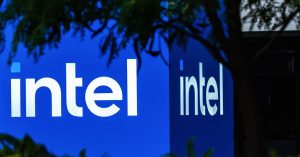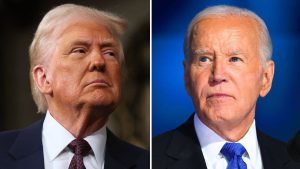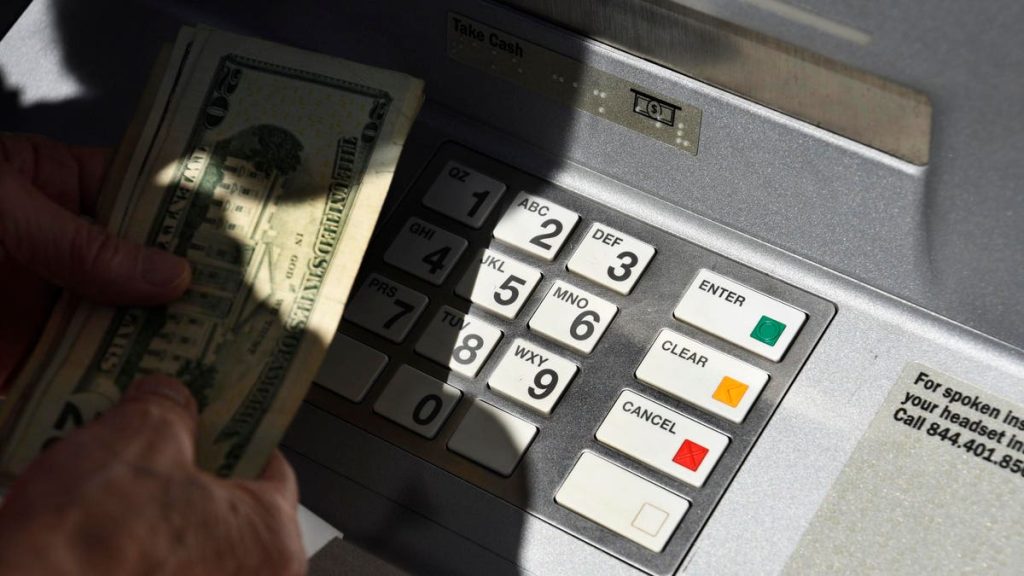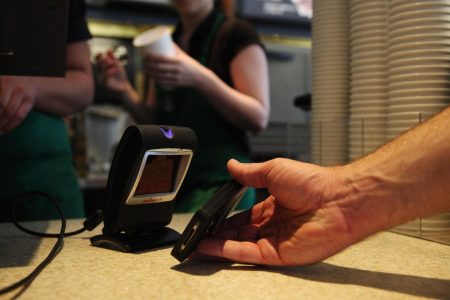When the Federal Reserve announced earlier this summer the launch of FedNow, a new service to enable instant payments for American households and businesses, some critics argued that the fanfare was overblown. After all, The Clearing House had launched the nation’s first instant payment system in 2017, and even that was decades behind other developed economies. Skeptics also questioned whether the Fed’s system would generate sufficient financial institution uptake, both for sending and receiving payments.
While questions remain around the pace and scale of adoption, I remain optimistic about FedNow’s potential. Why? Because FedNow offers the opportunity to finally align payments to the pace of daily life – to send or receive funds at any time of day, 365 days a year. This is critical at a time when so many families are living on the financial edge, and when the complexity and opacity of the current system ultimately cost them real money.
The price of uncertainty
Financial Health Network data has consistently shown that many Americans lead challenging financial lives. In fact, about one in six are considered “Financially Vulnerable,” meaning they struggle to pay bills, often have little to no savings, and frequently carry burdensome debt. A disproportionate number of these individuals are Black or Latinx.
Financially Vulnerable individuals are also far more likely to overdraft on their bank accounts. In 2022, despite bank reforms, overdrafts still cost consumers an estimated $9.9 billion – with more than 60% coming from the Financially Vulnerable. This means that people who are least able to afford overdrafts are paying the most.
One contributing factor to overdrafts are timing delays – that is, the processing time between when a deposit is made and when funds become available, as well as when a payment is initiated versus when funds are debited. Today, most government transfers, payroll deposits, and online bill payments use the existing ACH network, which can take up to several business days to settle transactions. For people living without a savings buffer, this can lead to confusion over whether they have sufficient funds available to make a purchase.
Indeed, in our recent study asking people about the last time they had an overdraft, nearly a third (28%) said they knew that their balance was low but thought there was a chance it could cover the purchase. These individuals effectively took a gamble – hoping that they had enough funds in their account to make a purchase or pay a bill – and lost.
Aligning systems with the pace of the 21st century
The idea that cash flow is king for many families grew out of the findings of The Financial Diaries, which documented a year in the lives of more than 200 households across the country and the challenges they faced in managing volatile and unpredictable incomes and expenses.
A key insight from the research was that significant spikes and dips in both incomes and expenses were common and difficult to manage. On average, households in the Financial Diaries study experienced more than five months a year when the income they earned was at least 25 percent more or less than their average monthly income. Expenses – the heating bill, an unexpected car repair, a medical bill – were equally volatile.
A decade later, particularly with the rise of the gig economy, managing uncertain cash flows continues to trip up consumers. One result has been the proliferation of new financial products – Earned Wage Access and Buy Now Pay Later, to name two – designed to help users smooth out the timing mismatches between income and expenses. But for people who are insolvent as opposed to illiquid, products like these can give the illusion of a buffer that doesn’t exist.
To wit: 16% of our survey respondents said their last overdraft was intentional – that they willingly took the roughly $30 hit in order to make a purchase, like buying groceries, making rent, or paying a utility bill. The more frequently a respondent overdrafted over the course of the year, the more likely she was to understand the choice she was making. For some, the choice to overdraft may be the best of a series of bad options.
FedNow won’t solve the core inability to make ends meet, but this new national infrastructure can help broaden the reach and lower the cost of real-time systems, which in turn will provide people with a clearer view of their funds and a better ability to project inflows and outflows.
So, yes, FedNow has been a long time coming, and it will take time before its impact is truly felt. But the platform offers a meaningful opportunity to align sending and receipt of payments with the reality of people’s lives – potentially saving them a bundle in the process.
This story was written in partnership with Meghan Greene, Senior Director, Policy & Research, Financial Health Network.
Read the full article here















